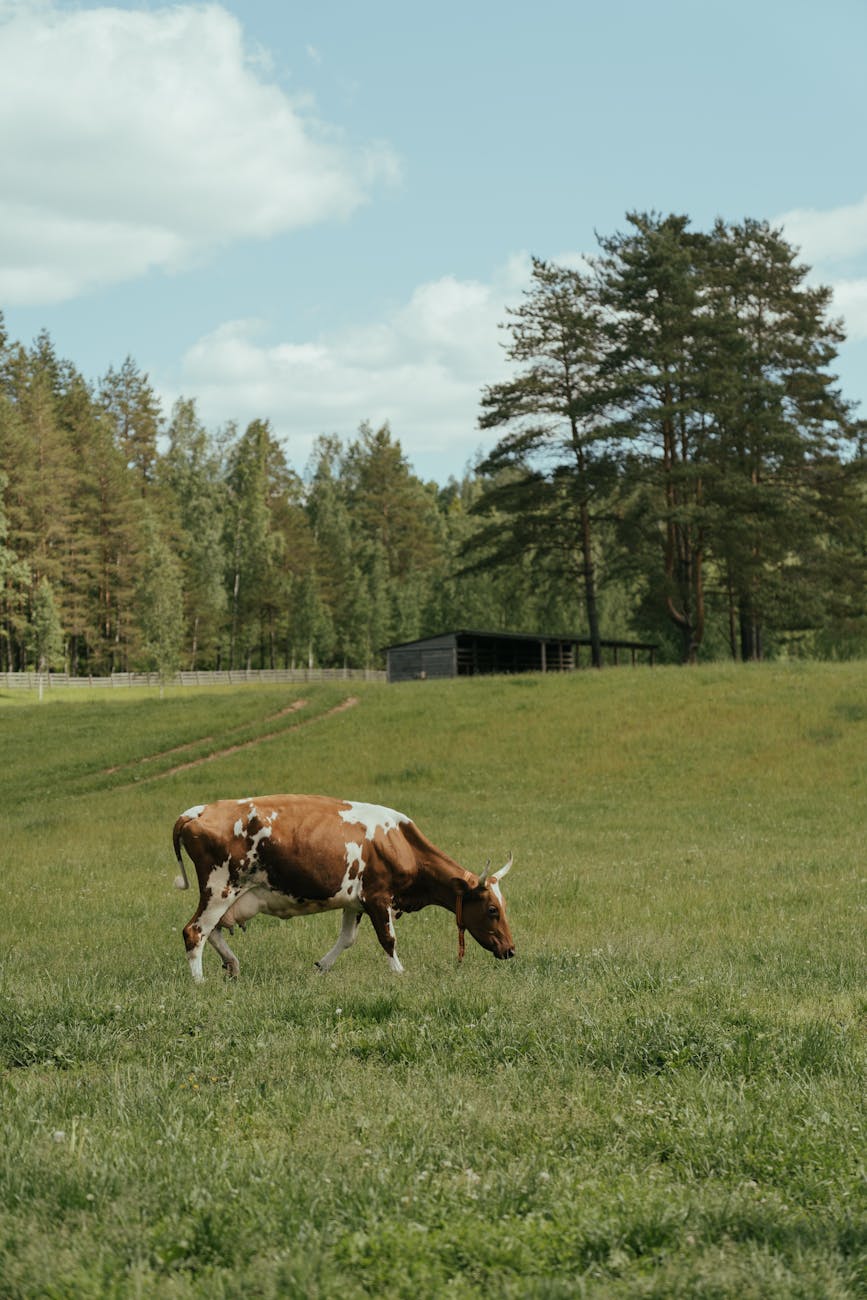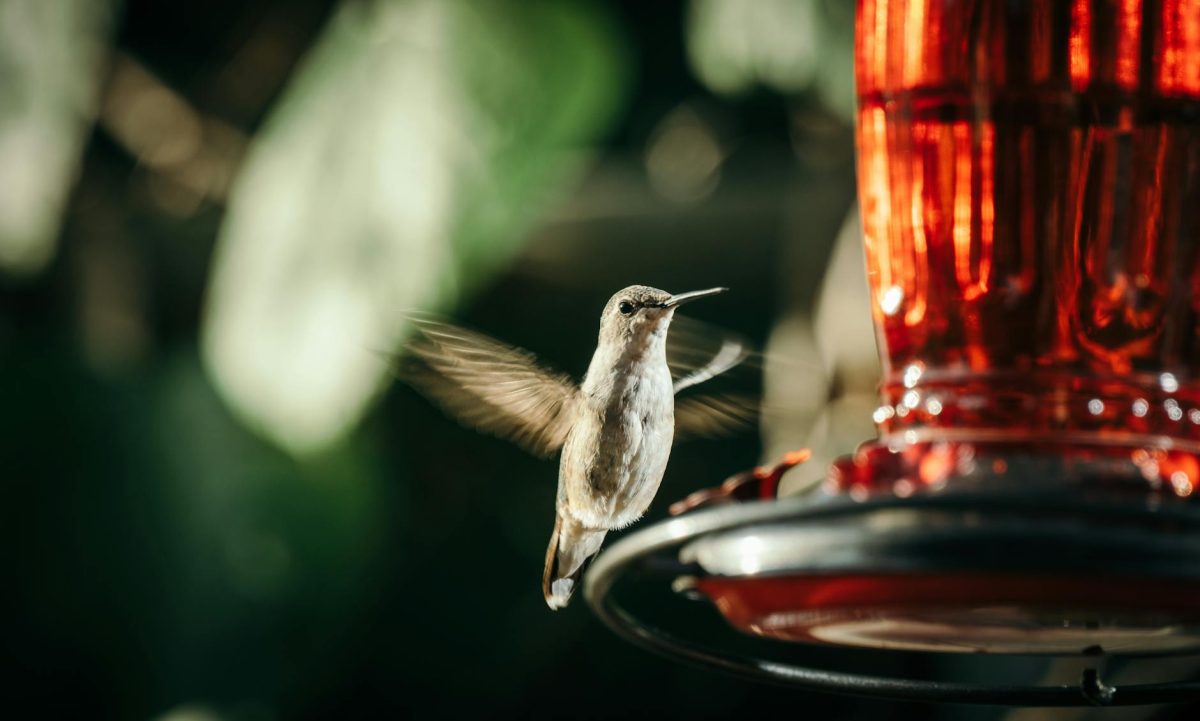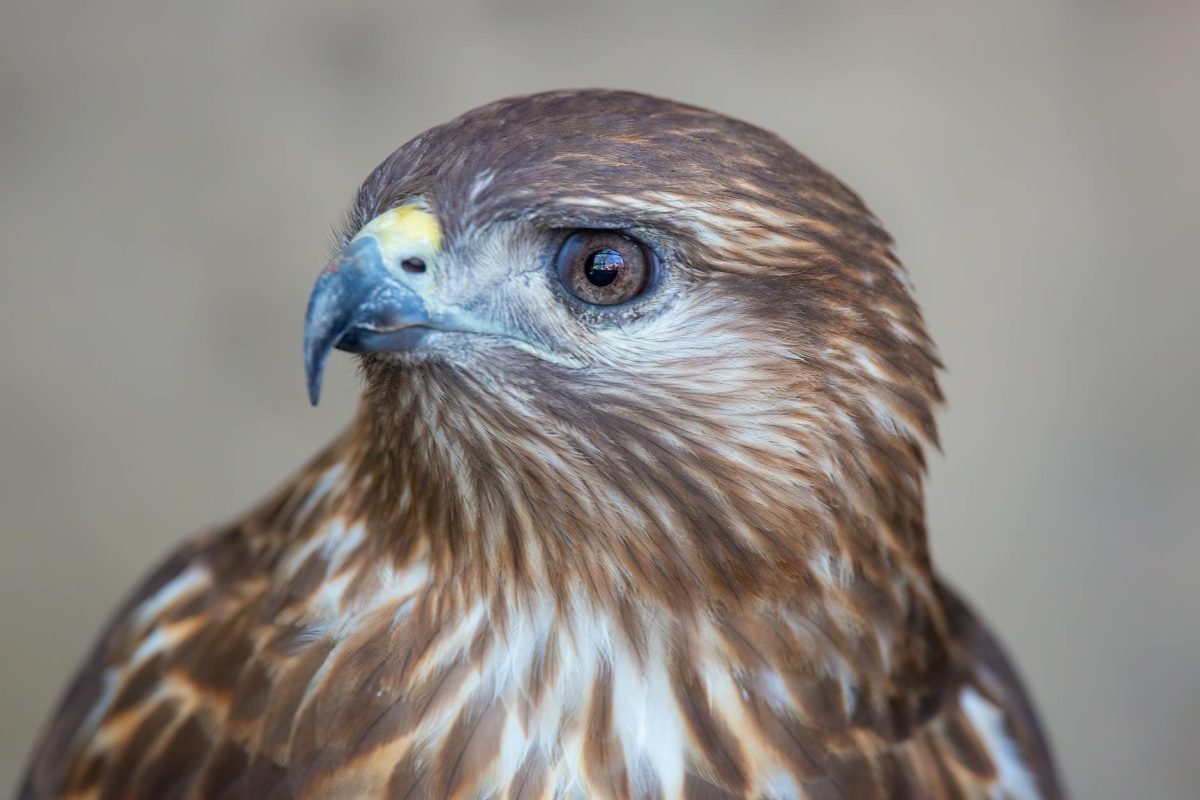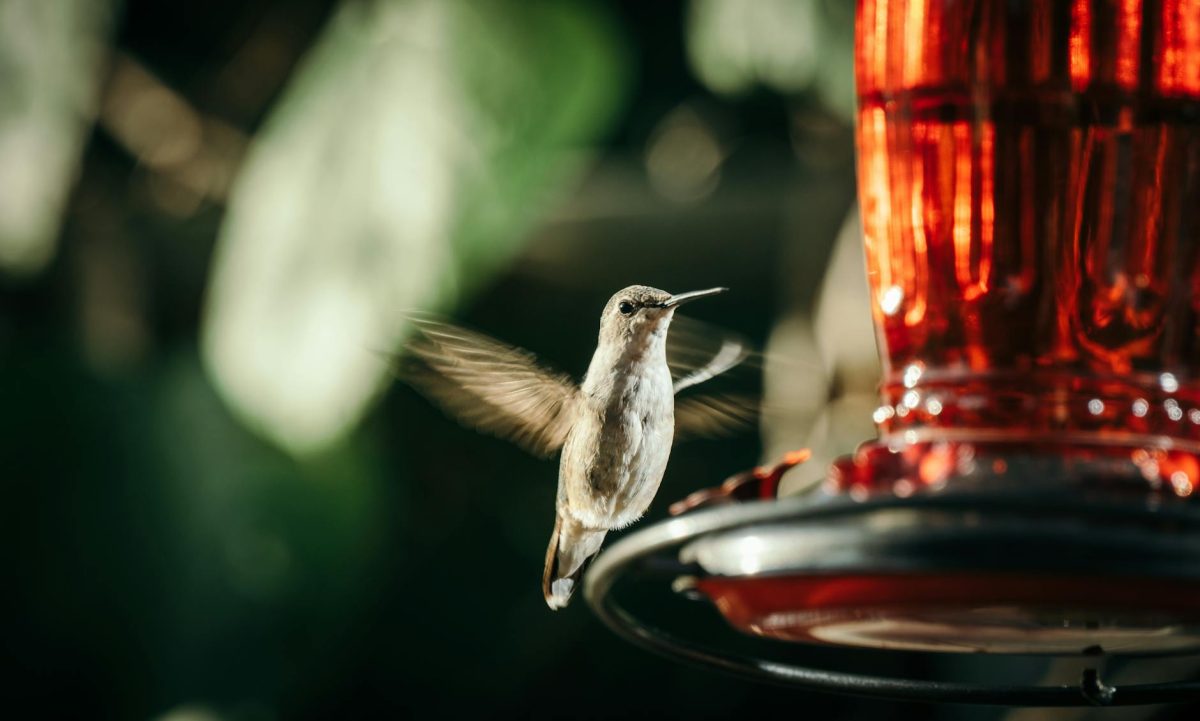The intricate digestive system of a cow holds a fascinating secret that plays a crucial role in the animal’s ability to efficiently digest plant material and extract essential nutrients. Nestled within the cow’s digestive tract lies the rumen – a fermentation vat that houses a diverse array of specialized microorganisms essential for breaking down fibrous plant material. Let’s delve deeper into the cow’s rumen and uncover nature’s best-kept digestive secret.
Understanding the Rumen: Nature’s Fermentation Vat
The rumen is the largest compartment of a cow’s stomach and serves as a specialized fermentation chamber where food undergoes initial digestion. This chamber is home to a complex ecosystem of bacteria, protozoa, and fungi that work synergistically to break down cellulose and hemicellulose – components of plant cell walls that are indigestible to most mammals.
How Does the Rumen Work?
When a cow consumes roughage such as grass or hay, it enters the rumen where microbial fermentation begins. Bacteria produce enzymes that break down cellulose into simpler compounds like volatile fatty acids, which serve as a significant energy source for the cow. Protozoa aid in digesting starches and sugars, while fungi help break down tough plant materials. This cooperative effort between microbes and the cow’s digestive system allows for efficient nutrient extraction from a diet primarily composed of plant material.
Benefits of Rumen Fermentation
The rumen’s unique fermentation process offers several benefits to the cow’s digestion and overall health. By breaking down complex plant fibers, the rumen allows cows to derive energy from sources that would otherwise be indigestible. Additionally, the microbial activity in the rumen synthesizes essential nutrients such as B vitamins and amino acids, further enhancing the cow’s nutritional profile.
The Role of Diet in Rumen Function
A cow’s diet plays a significant role in maintaining the health and functionality of the rumen. High-fiber forages promote microbial diversity and fermentation efficiency within the rumen, ensuring optimal digestion and nutrient absorption. Sudden changes in diet can disrupt the delicate balance of microbes in the rumen, leading to digestive issues such as acidosis. Therefore, gradual dietary transitions are crucial to maintaining rumen health.
Maintaining Rumen Health
Proper rumen function is essential for a cow’s overall well-being and productivity. To support rumen health, farmers must provide a balanced diet rich in fiber, offer access to clean water, and ensure optimal rumen pH levels. Monitoring rumen health indicators such as cud-chewing behavior, manure consistency, and feed intake can help identify any potential issues early on, allowing for timely intervention to maintain rumen function.
Conclusion
The cow’s rumen serves as a testament to the marvels of nature, showcasing a finely tuned ecosystem of microorganisms that work in harmony to facilitate efficient digestion and nutrient absorption. Understanding the importance of rumen function in a cow’s digestive process can help farmers optimize their feeding practices and ensure the health and well-being of their livestock. By recognizing and appreciating nature’s best-kept digestive secret, we gain a deeper appreciation for the incredible complexity of the natural world.








